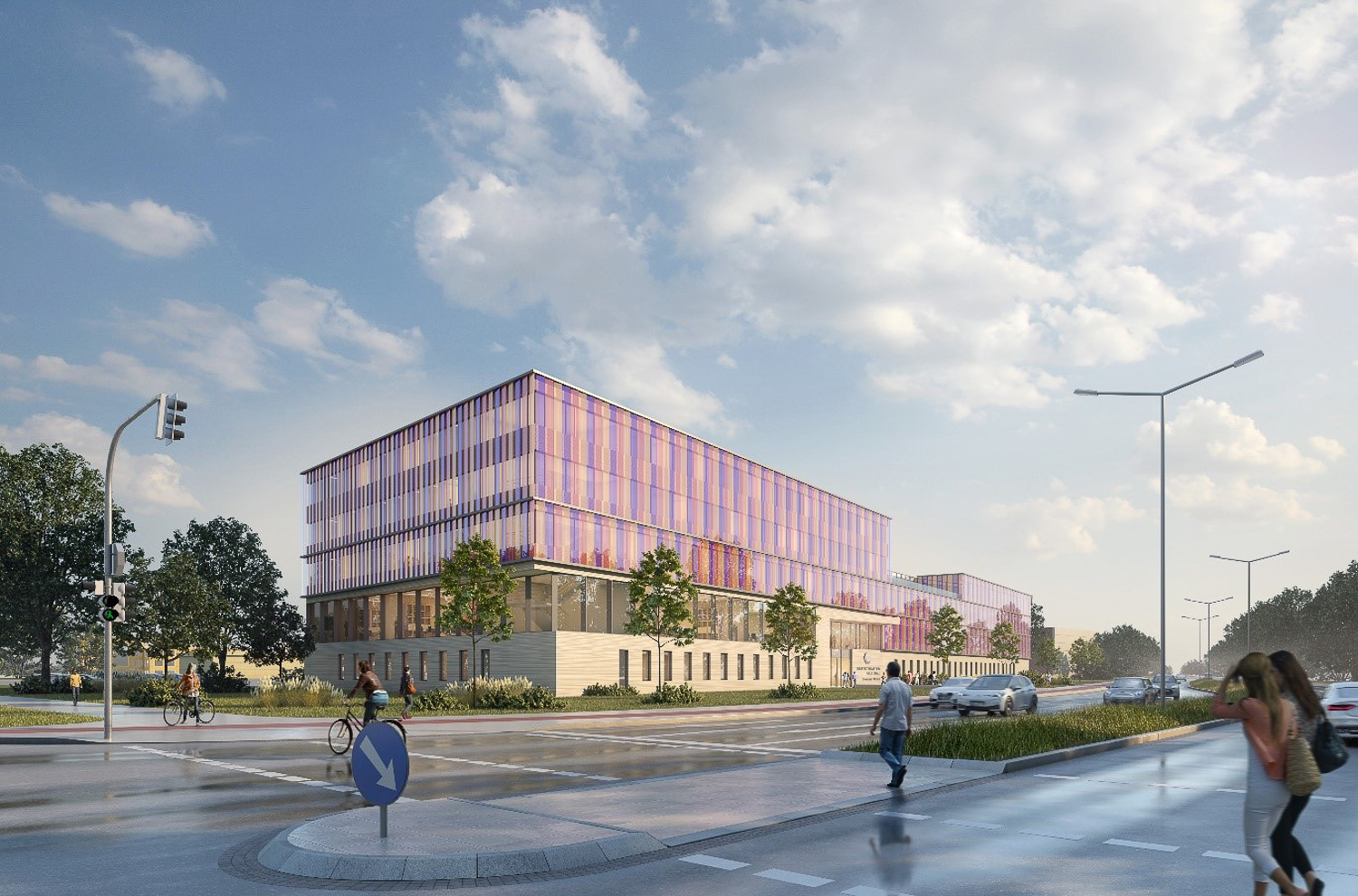In the research building, the scientists at the University Medical Centre want to research the increasing number of diseases such as diabetes, obesity, and cardiovascular diseases in connection with demographic change. Mecklenburg-Vorpommern can be considered a model region. Compared to other federal states, the population here has an average age that is more than three years higher.
"More people are chronically ill and life expectancy is among the lowest in Germany, which is shown, among other things, by the results of the SHIP cohorts and the NAKO health study," says Professor Henry Völzke, Deputy Director of the Institute of Community Medicine. Another unique feature of Mecklenburg-Vorpommern is the low population density, which confronts the region with great challenges to ensure high-quality medical care close to the patients' homes.
University Medicine Greifswald has been addressing such challenges of population-based health since the foundation of the research focus "Community Medicine" in 1995. The scientific focus is on developing innovative prevention and care models, testing them under realistic conditions, and transferring them to outpatient and inpatient primary care.
With the construction of the interdisciplinary centre for population-related health research, workplaces for about 380 people will be created on a floor space of 6640 m². With the help of the new premises, the research groups of the Institute for Community Medicine, Community Dentistry [de], the Central Office of the Clinical Cancer Registry Mecklenburg-Western Pomerania (ZKR-MV) [de] as well as the shares of Greifswald in the German Centres for Cardiovascular Research (DZHK) and Neurodegenerative Diseases (DZNE) can be brought together under one roof. This will intensify research-related communication and cooperation and at the same time prevent duplicate structures.

